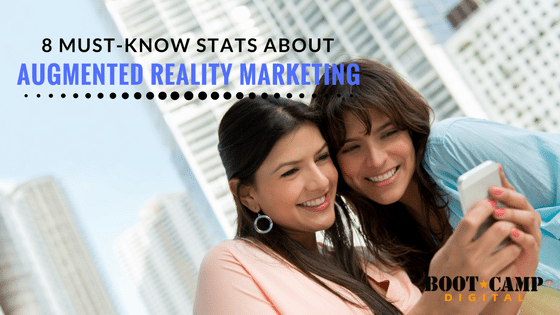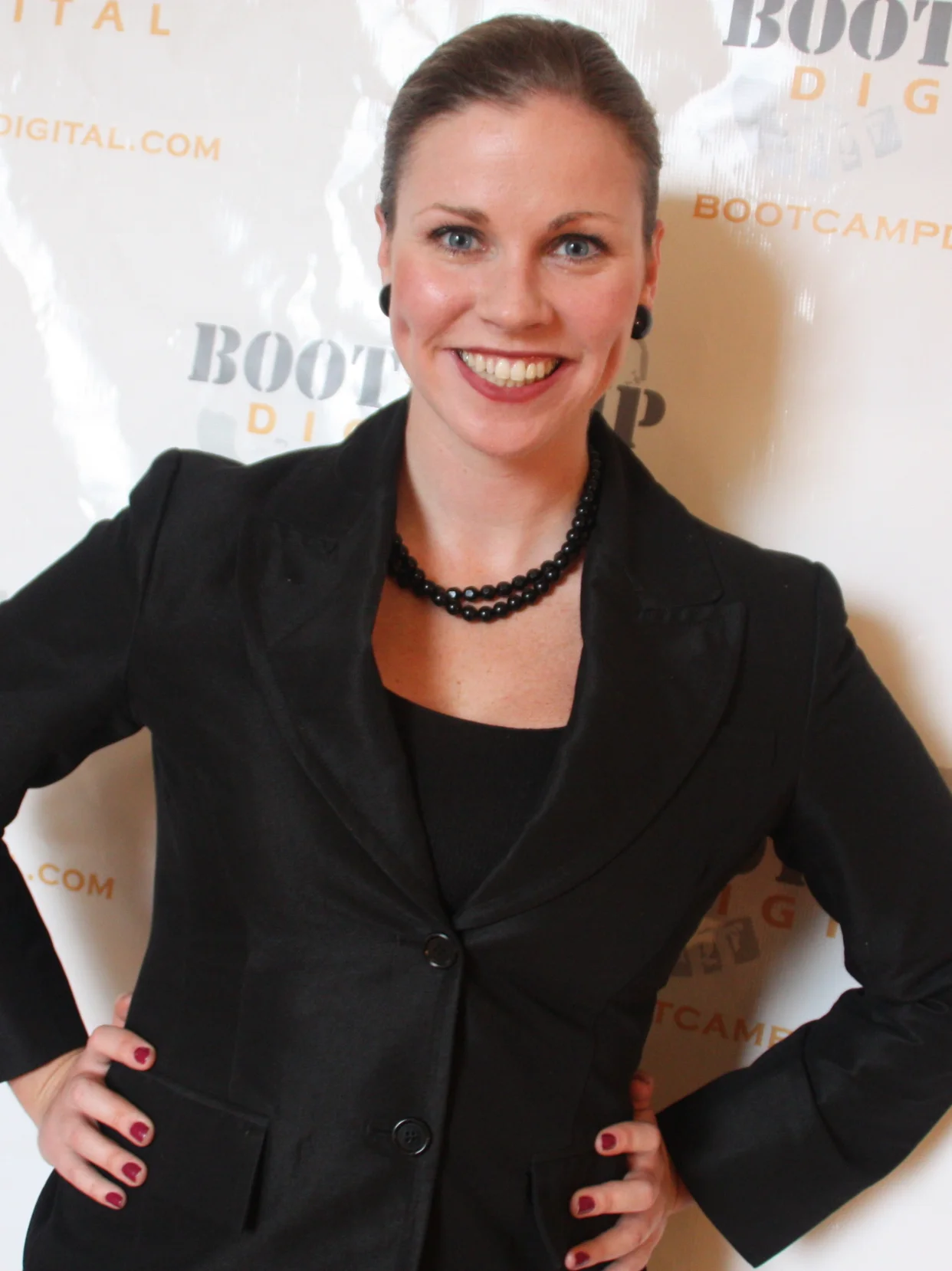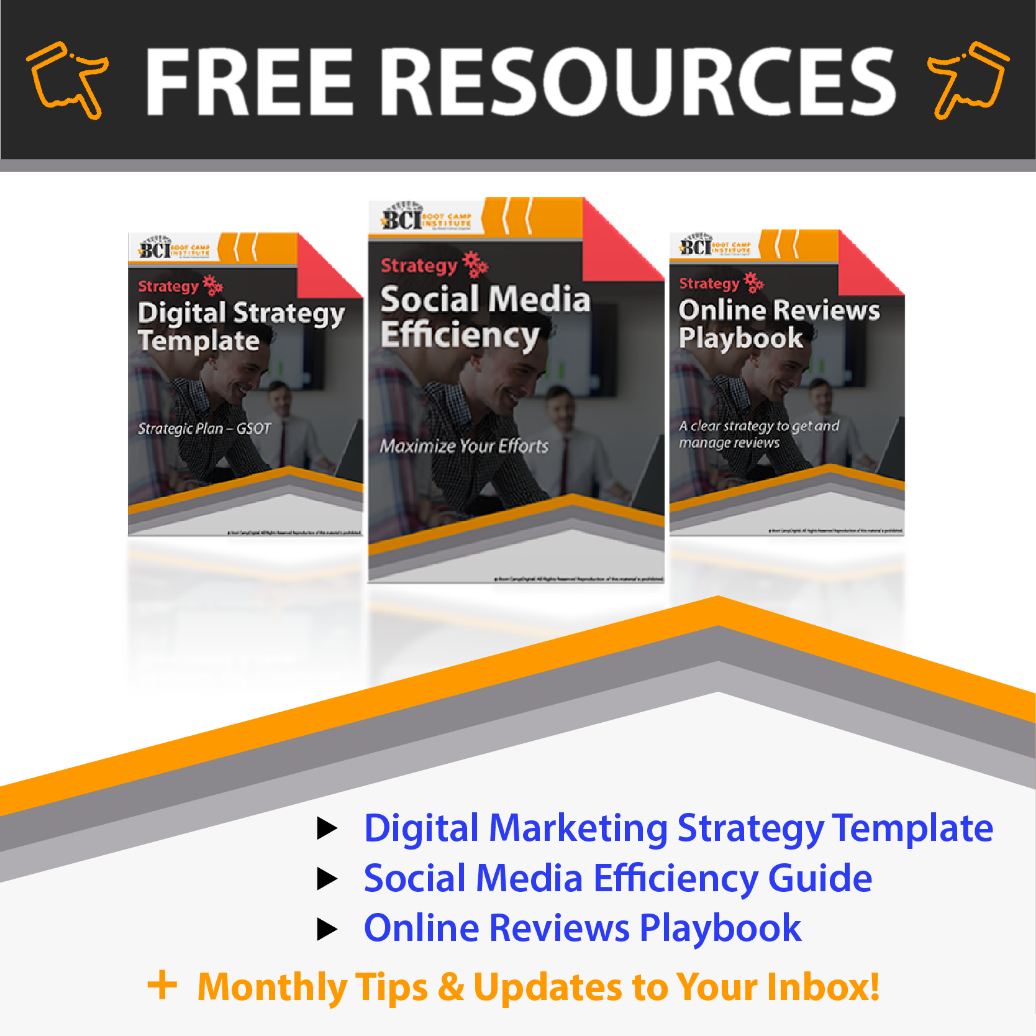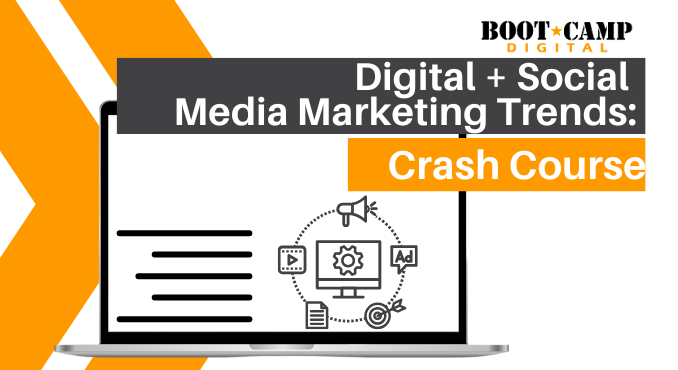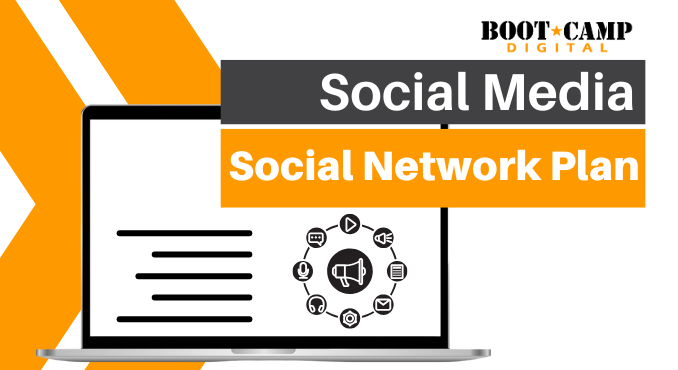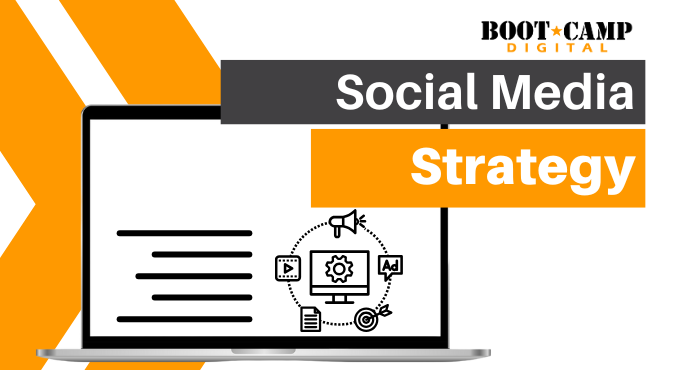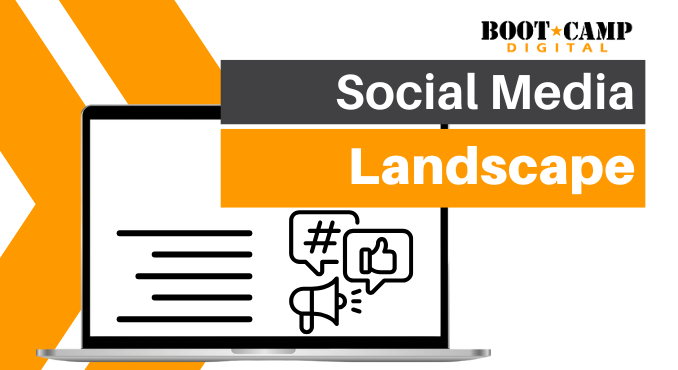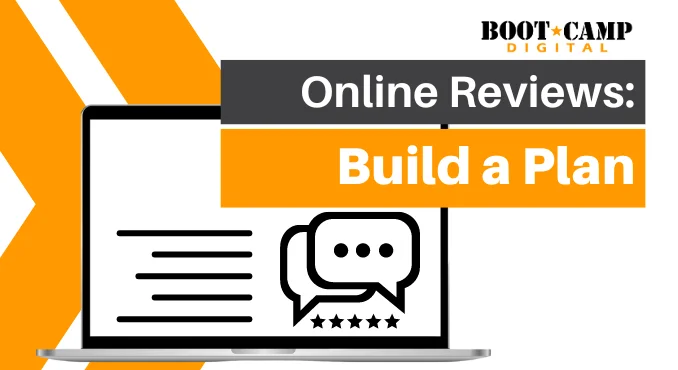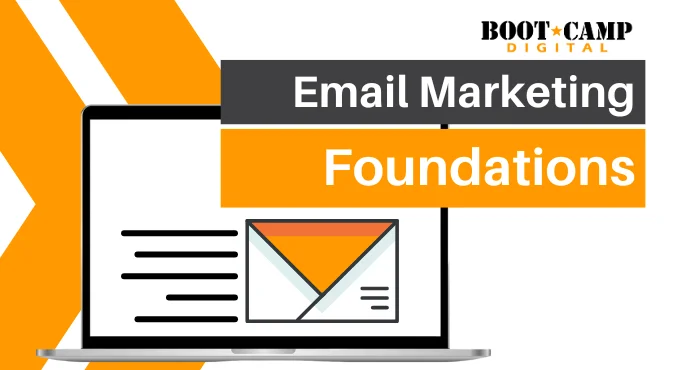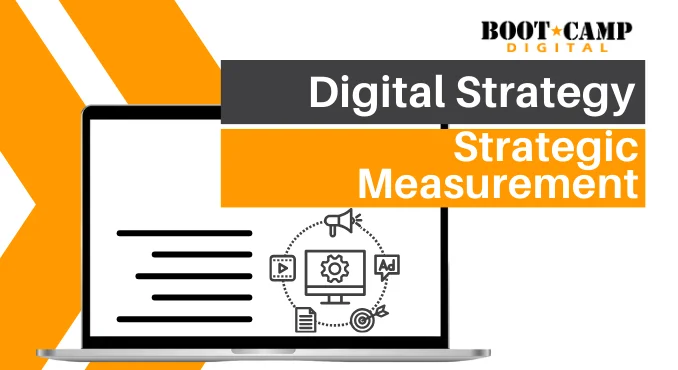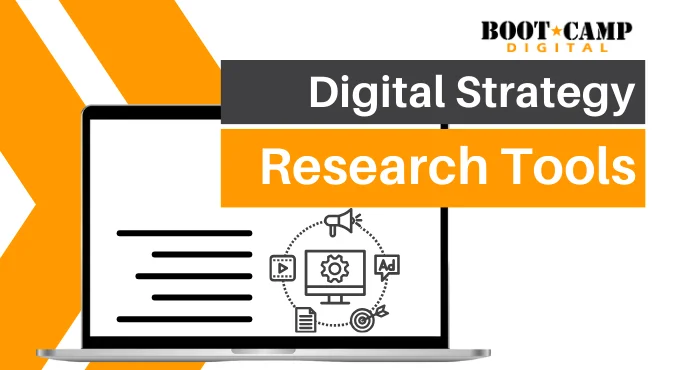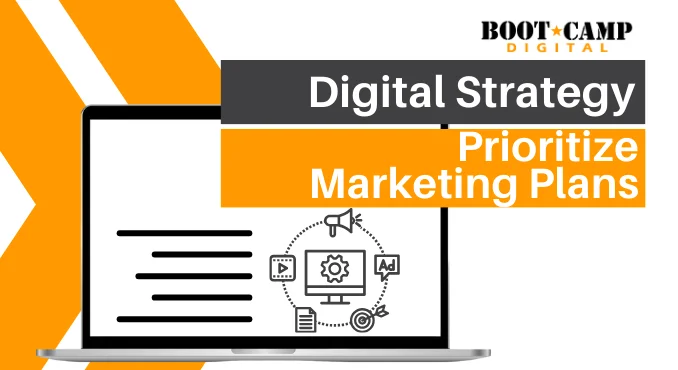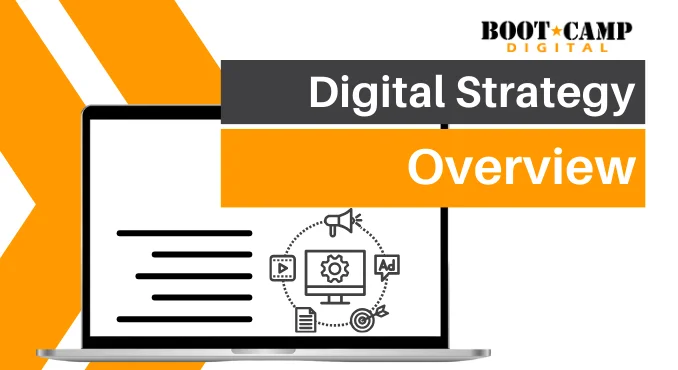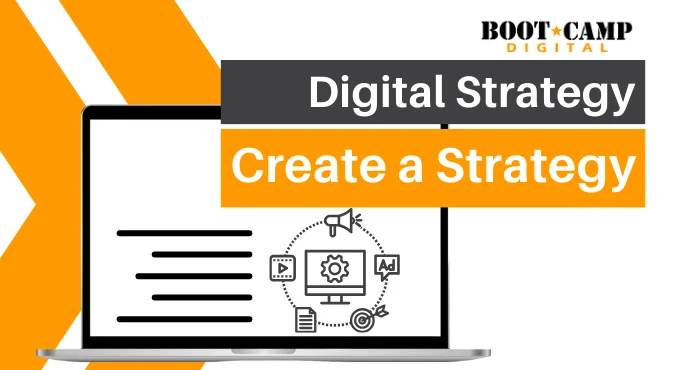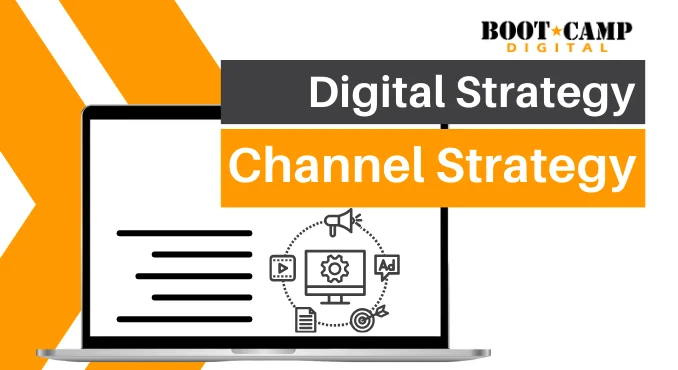Given that it has only been four months since Apple released ARKit to the world, it’s fair to say that most companies have not yet initiated their own augmented reality marketing strategies.
But this is all about to change.
We all witnessed consumer excitement surrounding AR when Nintendo released Pokémon Go in July 2016. The app has been downloaded an estimated 752 million times as of December 2017 with an estimated 5 million active users daily around the world. In the game where players travel their surroundings catching pokémon, there are 35,000 sponsored locations in the game driving over 500 million visitors to these locations (source).
Recent developments in augmented reality marketing and what they mean:
What Apple did with the release of ARKit and iOS 11 to the world in September 2017 was introduce a much more robust platform for developing AR apps on iOS, with features already compatible on hundreds of millions of existing devices (iPhone 6S and up.) All the more reason to keep up with your software updates.
This means that the software needed to develop AR Marketing is now open to all developers and is shareable on devices we carry with us everyday.
And it’s not just Apple.
In August 2017, Google released a preview of ARCore to developers and is currently compatible with Pixel and Samsung S8 running 7.0 Nougat and above. Google hopes to make 100 million devices AR compatible in the coming months.
Facebook is also launching an open platform called AR Studio for developers to add AR effects to photos and videos using the Facebook camera.
Like a jack-in-the-box springing forward with great momentum, The Pandora’s box of Augmented Reality tools has burst open with much anticipation and excitement. This year, expect to see developers testing the possibilities and pushing the limits in AR.
This is extremely exciting because developers are looking to you, as marketers, for content, and costs to develop custom augmented reality marketing for your business will become much more affordable.
Consider these augmented reality marketing statistics:
$29.5B Global Impact
According to Statista, the economic impact of Virtual Reality and Augmented Reality is predicted to reach $29.5 billion by 2020. Estimates vary among different reports however the general consensus is that the impact of Augmented Reality is only increasing.
7 out of 10 Media Planners and Buyers Want More
Research conducted by Vibrant Media has identified that nearly seven out of ten media planners and buyers (67 percent) want more Augmented Reality and Virtual Reality ads incorporated into digital marketing campaigns. The reason behind the demand is consumer engagement.
30.79% Increase in Global Use
Analysts at Research and Markets forecast the global use of Augmented Reality Marketing to grow at a CAGR of 30.79% during the period of 2017-2021.
60% to 70% of Consumers See Clear Benefits
According to a 2016 ISACA survey, 60% to 70% of consumers see clear benefits in using AR in their daily life and at work, like learning new skills, shopping benefits and healthcare benefits. Or, workplace training, product demonstrations and remote participation. (source)
73% of Americans are Knowledgeable
In that same ISACA survey, 73% of Americans believe they are “knowledgeable” about the AR markets. Consumers are willing and excited to engage with AR. (source)
1,322 Augmented Reality Startups
As of this writing, Angel List hosts 1,320 Augmented Reality startups with an average valuation of $5M.
88% of Mid-Market Companies
According to a Deloitte survey, 88 percent of mid-market companies (firms with annual revenues of between $100 million and $1 billion) are already using some form of Virtual or Augmented Reality as part of their business.
200 Million Users
Adweek reports the number of AR users is projected to hit 200 million in 2018. This number is not unreasonable given that most users already have the technology available in their smart device.
Two major things to keep in mind for your 2018 augmented reality marketing strategy:
First, Apple, Google, Facebook, and likely Snapchat, are creating platforms which allow AR developers to create custom Augmented Reality Marketing campaigns. Expect to see lots of excitement from developers in your area.
In 2018, AR Marketing will become a feasible and affordable option for marketers, and accessible to consumers on devices they already own.
Second, multiple studies and reports show a huge interest in augmented reality marketing from both marketers and consumers. We now have the tools to deliver.
What are your thoughts on augmented reality marketing? Are you considering augmented reality in your marketing strategy this year?
Check back here often for updates in augmented reality marketing.
4 Social Video Stats You Can No Longer Ignore
Our Top 2017 Posts to Shape Your 2018 Digital Marketing Strategy


